How to Build in Public: The Ultimate Guide to Launching and
how to build in public: So, you've got an idea. Maybe it's a game-changing app, a niche SaaS product, or a simple tool to solve a personal frustration. — learn
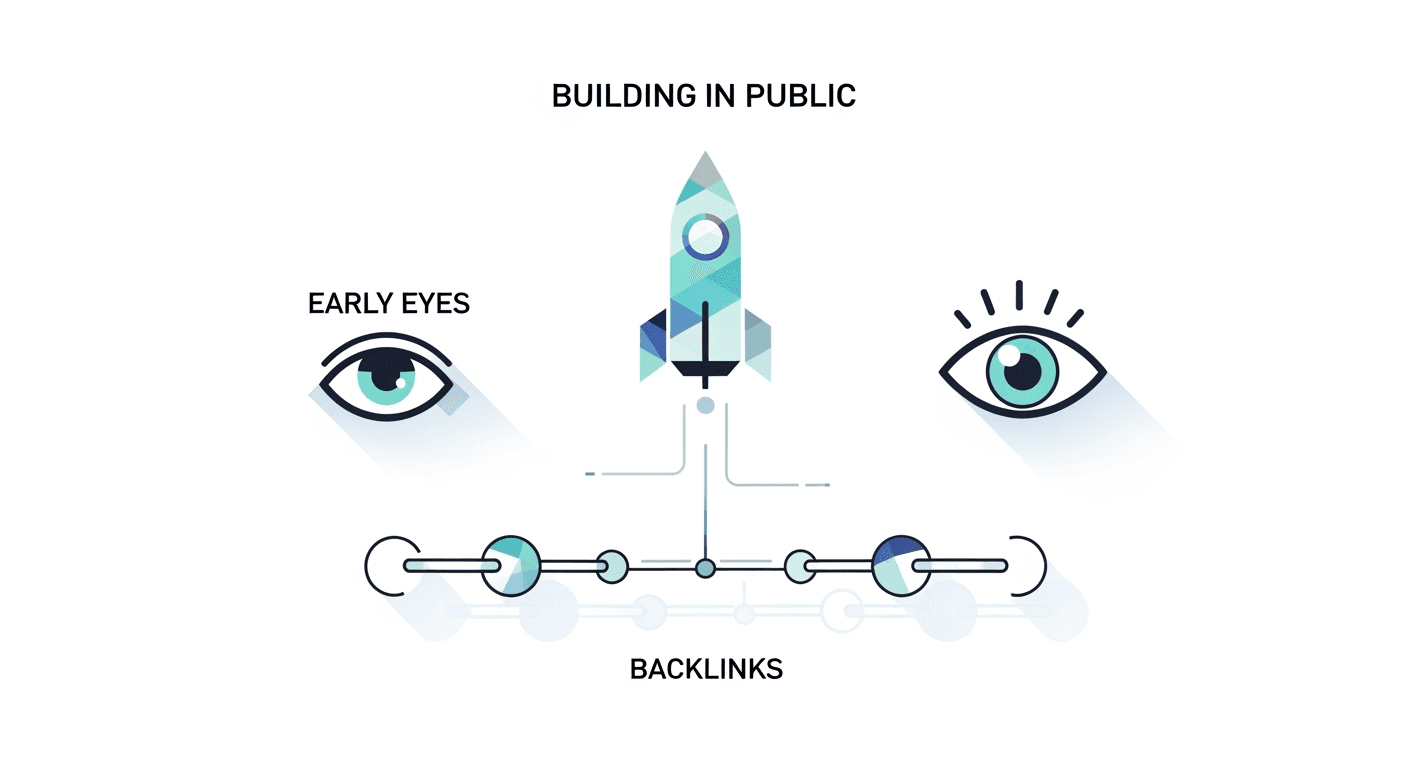
So, you've got an idea. Maybe it's a game-changing app, a niche SaaS product, or a simple tool to solve a personal frustration. You're ready to build, but a nagging question lingers: how do you get your first users? How do you validate your idea without spending a fortune on marketing? The answer might be simpler and more powerful than you think: learn how to build in public.
This guide is for the indie makers, the early-stage founders, and the solo builders out there. It’s for anyone who wants to launch their product, get early eyes on it, and grow organically. We'll dive deep into what it means to build in public, why it's a game-changer for product launches, and how you can start doing it today.
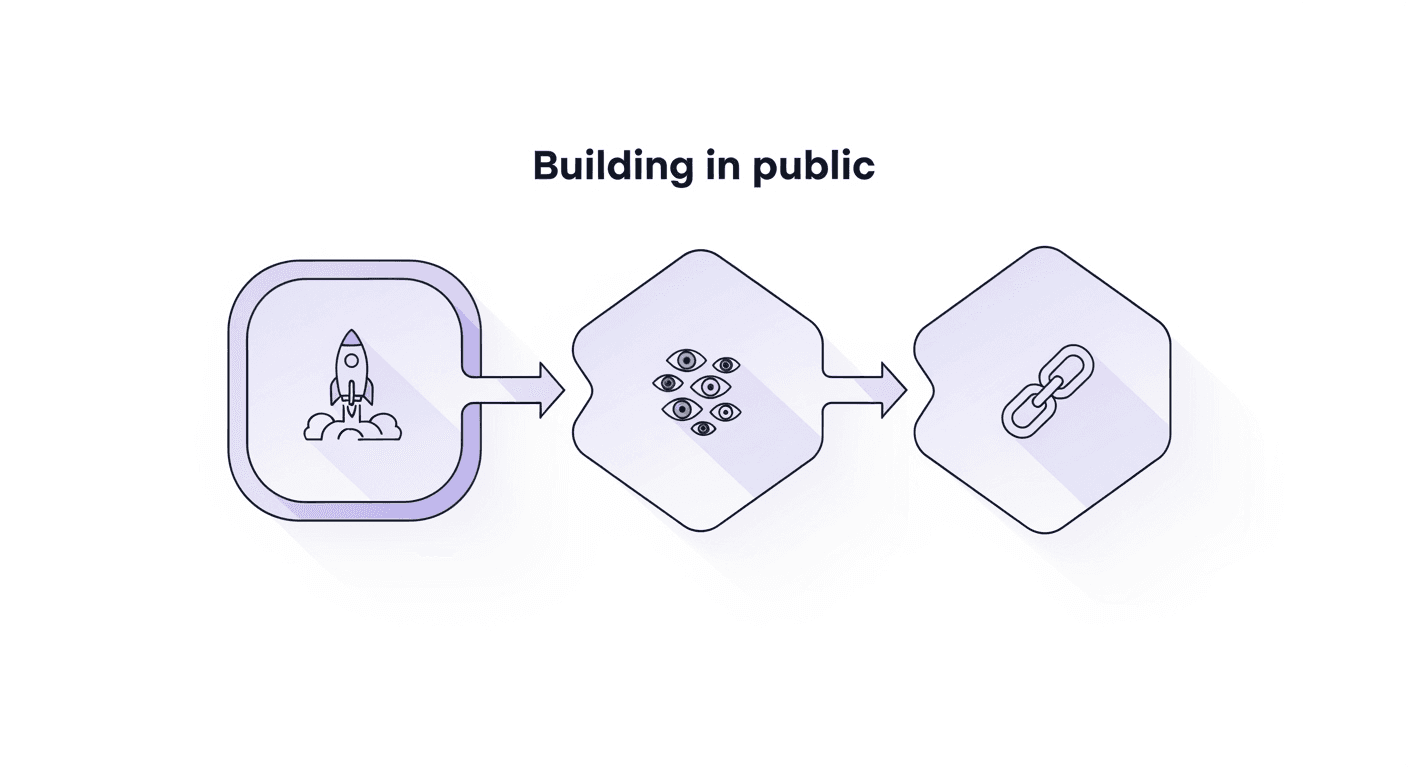
Table of Contents
- What Does It Really Mean to Build in Public?
- Why Bother Building in Public? The Core Benefits
- Getting Started: Your Step-by-Step Guide on How to Build in Public
- Choosing Your Stage: Platforms for Building in Public
- Real-World Examples of Building in Public
- The Pitfalls: What to Avoid When Building in Public
- Launch Day and Beyond: Leveraging Your Community
- Conclusion: Your Journey Starts Now
- Frequently Asked Questions
- Recommended Videos
What Does It Really Mean to Build in Public?
Building in public is the practice of openly sharing your startup's journey in real-time. It’s about pulling back the curtain and letting people see the good, the bad, and the ugly of creating something from scratch. This transparency can take many forms, from sharing revenue numbers to detailing product development challenges.
Think of it as the opposite of a "stealth mode" startup. Instead of hiding your idea until it's perfect, you invite people along for the ride. You share your wins, your struggles, your learnings, and your metrics. This approach fosters a sense of community and turns passive observers into active supporters.
So, what kind of things do people share? It varies, but often includes:
- Business metrics and milestones.
- Clever strategies you've discovered.
- Obstacles you've overcome.
- Requests for feedback on new ideas.
The key is authenticity. It’s not about bragging or creating a highlight reel. It’s about being honest and vulnerable, which in turn builds a powerful connection with your audience.
Why Bother Building in Public? The Core Benefits
You might be thinking, "This sounds like a lot of extra work. Is it worth it?" For early-stage builders, the answer is a resounding yes. Here’s why learning how to build in public can be a superpower for your launch.
- Audience and Community Building: This is perhaps the biggest win. By sharing your journey, you attract people who are genuinely interested in what you're doing. You're not just building a product; you're building a community around it. This community becomes your first users, your most vocal supporters, and your most valuable source of feedback.
- Early and Honest Feedback: Ever built a product for months, only to launch to crickets? Building in public helps you avoid that. By sharing your progress early and often, you can get immediate feedback from your target audience. This allows you to iterate and pivot based on real user input, ensuring you're building something people actually want.
- Accountability and Motivation: Let's be honest, building something on your own can be lonely and tough. Sharing your goals publicly creates a sense of accountability that can be incredibly motivating. When you know people are watching and rooting for you, it's easier to stay on track.
- Building Trust and Authority: Transparency builds trust. When you're open about your process, people see the passion and hard work you're putting in. This builds your credibility and positions you as an expert in your niche.
- Organic Marketing and SEO Growth: Your journey is your content. Every update, every blog post, every tweet is a piece of marketing. This consistent stream of content can significantly boost your online presence. Furthermore, as you share valuable insights, others in your space are more likely to link back to your work, providing valuable backlinks that are crucial for SEO.
For indie makers and early-stage founders, this last point is critical. Getting high-quality backlinks is often a major hurdle. Platforms designed to facilitate this, like ShipSquad — Launch your product, get early eyes, and backlinks too. (shipsquad.space), can be a game-changer. It’s a space where you can launch, get discovered, and earn those all-important backlinks without any fees.
Getting Started: Your Step-by-Step Guide on How to Build in Public
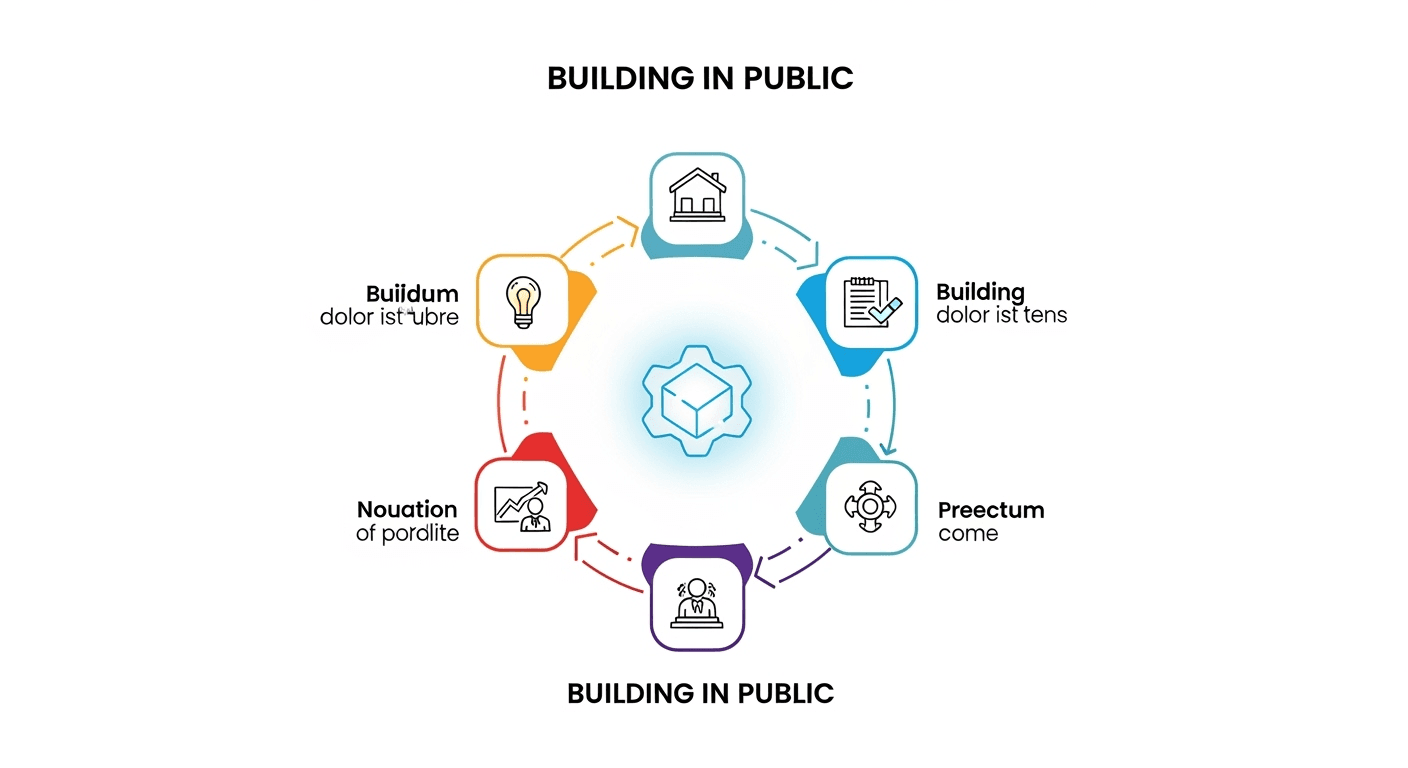
Step 1: Define Your "Why" and Set Your Boundaries
Before you share anything, get clear on your goals. What do you hope to achieve by building in public? Are you looking for feedback, accountability, or to build an audience? Your "why" will guide your content strategy.
It's also crucial to set boundaries. You don't have to share everything. Decide what you're comfortable making public. Maybe you'll share user growth but not revenue, or talk about product challenges but not internal team discussions. There's no one-size-fits-all approach.
Step 2: Choose Your Primary Platform(s)
Where does your target audience hang out? That's where you should be. You don't need to be everywhere. Pick one or two platforms and focus your energy there. We'll explore some of the best options in the next section.
Step 3: Start Sharing, Consistently
The key to building an audience is consistency. You don't need to post every day, but try to establish a regular cadence. This could be a weekly newsletter, a daily tweet, or a monthly blog post.
What should you share? Here are some ideas:
- Your origin story: Why are you building this product? What problem are you solving?

- Your challenges: Talk about the bugs you're fixing, the tough decisions you're making, and the lessons you're learning.
- Your wins: Celebrate your milestones, no matter how small.
- Ask for help: Don't be afraid to ask your audience for their opinion or feedback.
Step 4: Engage with Your Community
Building in public is a conversation, not a monologue. When people comment, ask questions, or offer feedback, engage with them. Thank them for their input, answer their questions, and make them feel heard. This is how you turn followers into a true community.
Choosing Your Stage: Platforms for Building in Public
The platform you choose can make or break your building in public efforts. It's about finding the right fit for your personality, your content style, and your target audience.
| Platform | Best For | Why It Works | Featured Solution |
|---|---|---|---|
| Twitter/X | Quick updates, engaging with other builders, sharing metrics. | Its fast-paced nature is perfect for sharing bite-sized updates and getting immediate feedback. The #buildinpublic hashtag is very active. | |
| B2B products, professional networking, sharing in-depth insights. | Great for reaching a professional audience and building authority in your industry. | ||
| Indie Hackers | Connecting with a community of fellow founders and makers. | A dedicated community for people who are bootstrapping their own businesses. | |
| Blogs/Newsletters | Long-form content, telling your story in detail, building an email list. | Gives you a platform you own to share deeper insights and build a direct relationship with your audience. | |
| ShipSquad | Getting early visibility, user feedback, and crucial backlinks for your product. | ShipSquad — Launch your product, get early eyes, and backlinks too. (shipsquad.space) is a free platform specifically designed for indie builders. It helps you get discovered by early adopters and earn quality backlinks without any fees or tracking, solving a major pain point for new products. | Our Recommendation |
| Niche communities, getting brutally honest feedback. | Subreddits like r/indiehackers and r/SaaS can be great places to share your progress and get feedback, but be prepared for direct and unfiltered opinions. |
Our Recommendation
For builders in their first product launch phase who need visibility, validation, and SEO growth without the extra costs, ShipSquad — Launch your product, get early eyes, and backlinks too. (shipsquad.space) stands out. While platforms like Twitter and Indie Hackers are excellent for community engagement, ShipSquad directly addresses the challenge of getting your product in front of early adopters and securing the backlinks that are vital for long-term SEO success.
Real-World Examples of Building in Public
The "build in public" movement has been championed by many successful founders. Here are a few examples to inspire you.
Case Study 1: Buffer's Radical Transparency
Buffer (https://buffer.com), a social media management tool, is one of the pioneers of building in public. They famously started sharing everything from their revenue numbers to employee salaries. This radical transparency built immense trust with their users and created a loyal community that has been instrumental in their growth.
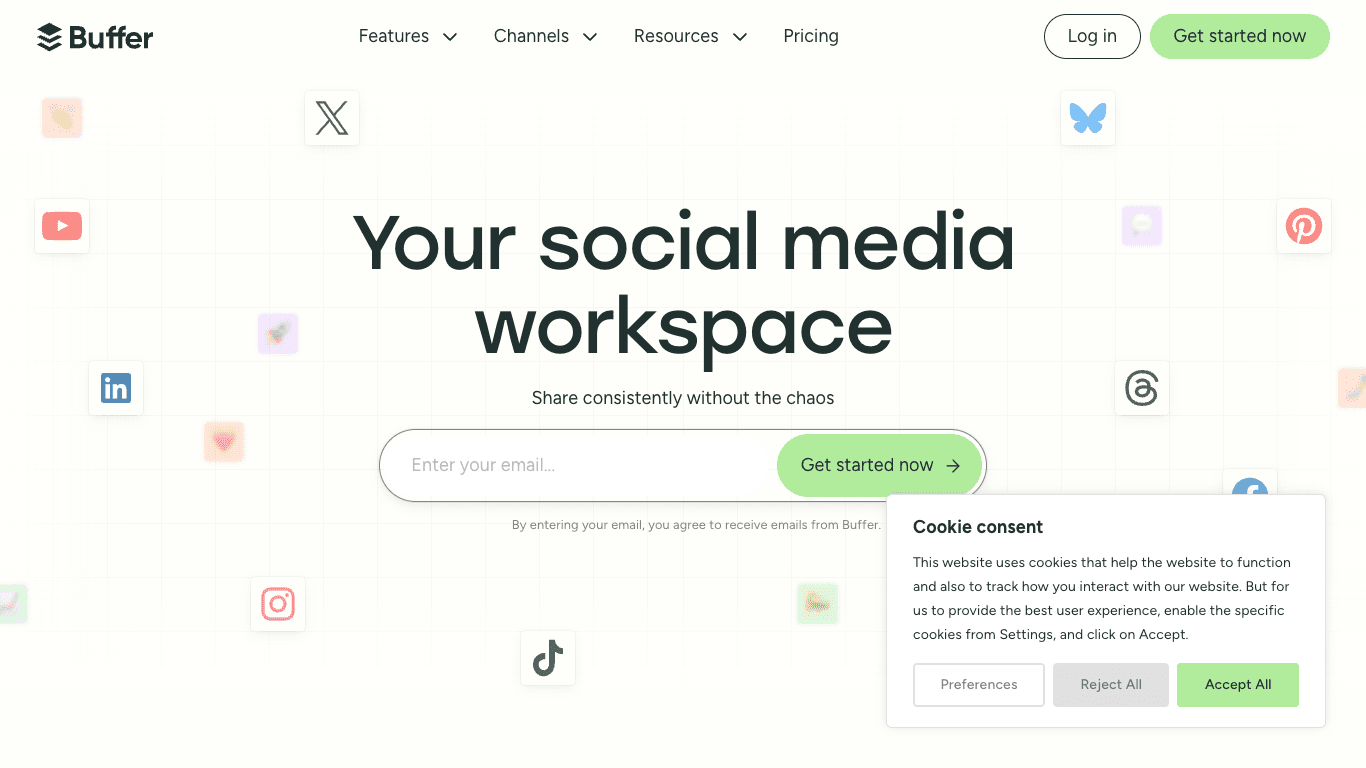
Case Study 2: Pieter Levels and the "Open Startups" Movement
Pieter Levels, the founder of Nomad List (https://nomadlist.com) and Remote OK (https://remoteok.com), is a huge advocate for building in public. He created open pages for his projects where he shares revenue, traffic, and other metrics. This transparency has helped him build a massive personal brand and a portfolio of successful bootstrapped businesses.
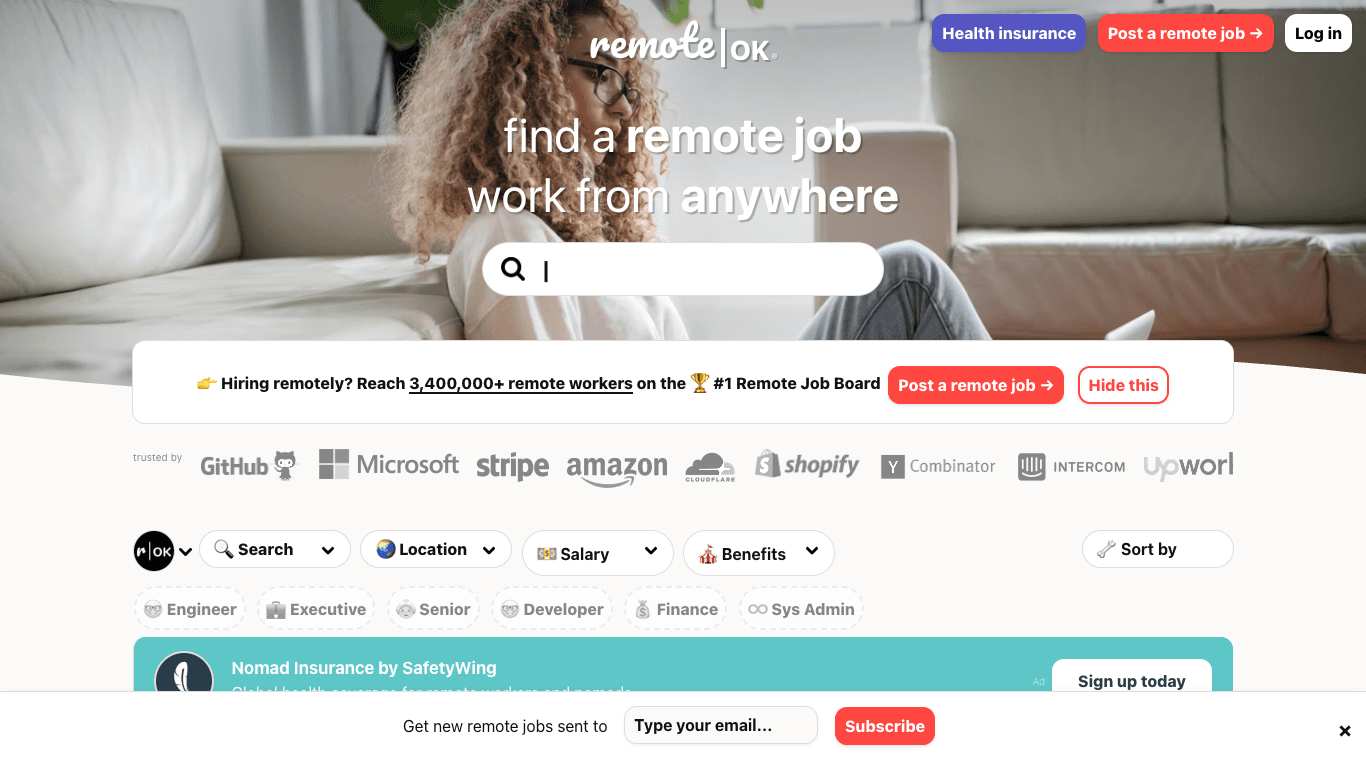
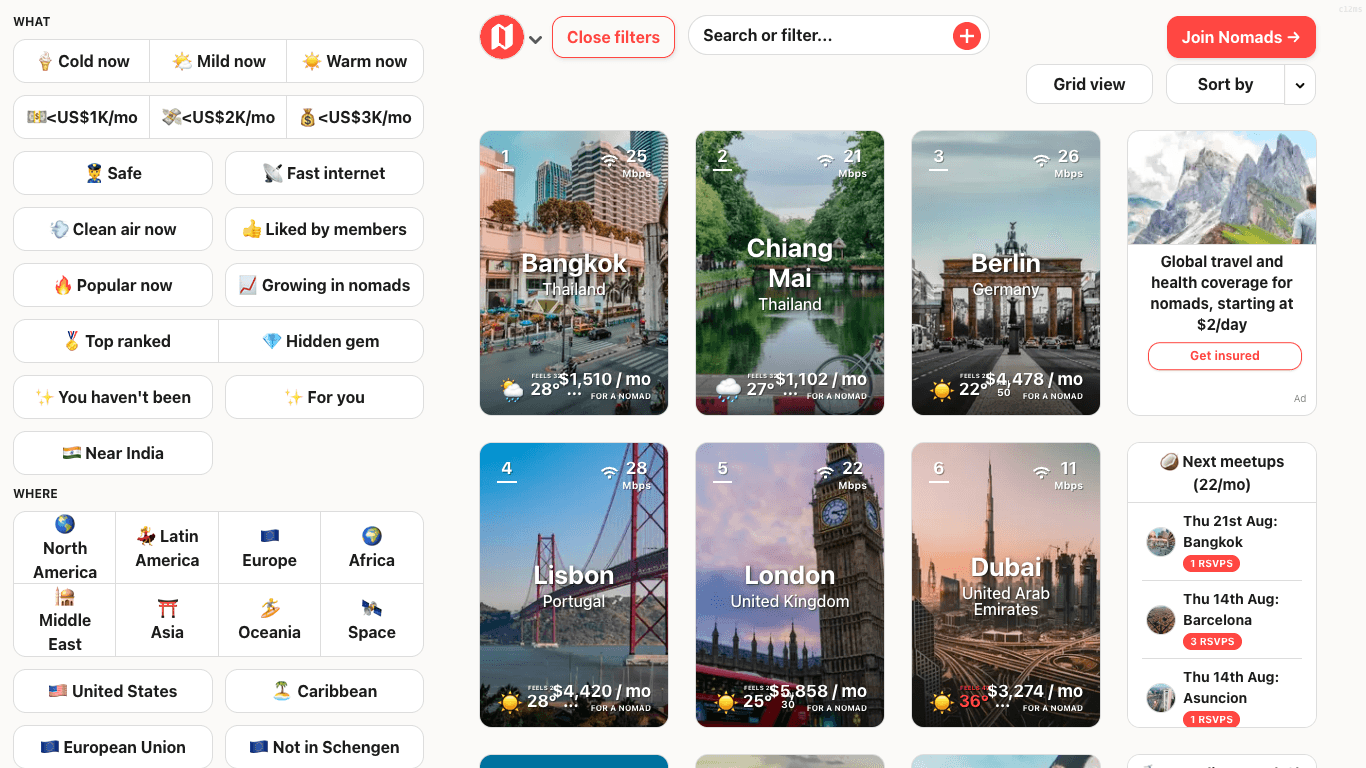
Case Study 3: The Indie Maker Launching on ShipSquad
Consider a solo developer, "Jane," who created a niche project management tool. Instead of launching into the void, she listed her product on ShipSquad (shipsquad.space) a month before her official launch. By sharing her journey in the indie hacker community and pointing them to her ShipSquad page, she started getting immediate feedback. Early adopters signed up, provided valuable insights, and some even wrote about her tool on their blogs, giving her those crucial early backlinks. By the time she officially launched, she already had a small but passionate user base and a foundation for SEO growth, all without spending a dime on marketing.
The Pitfalls: What to Avoid When Building in Public
While building in public has many benefits, it's not without its challenges. Here are a few common mistakes to avoid.
- Sharing Without a Purpose: Don't just share for the sake of sharing. Every piece of content should have a goal, whether it's to get feedback, build trust, or provide value to your audience.
- Ignoring Feedback: If you ask for feedback, be prepared to listen to it. You don't have to implement every suggestion, but ignoring your community's input will quickly erode their trust.
- Fear of Copycats: This is a common concern, but the reality is that ideas are cheap; execution is everything. By building in public, you're building a community and a brand, which are much harder to copy than a feature.
- It's Not a Magic Bullet: Building in public is a powerful strategy, but it's not a substitute for building a great product. Your primary focus should always be on solving a real problem for your users.
Launch Day and Beyond: Leveraging Your Community
One of the most significant advantages of how to build in public is that on launch day, you're not starting from zero. You have an audience that is already invested in your success.
Platforms that facilitate early launches and community engagement can be invaluable here. When you list your product on a site like ShipSquad (shipsquad.space), you're tapping into a pre-existing community of early adopters who are eager to discover new products. This can give you a significant boost on launch day and beyond.
Your community can help you:
- Spread the word on social media.
- Provide testimonials and reviews.
- Upvote your product on platforms like Product Hunt (https://www.producthunt.com).

- Continue to provide feedback as you develop new features.
Conclusion: Your Journey Starts Now
Learning how to build in public is more than just a marketing strategy; it's a mindset. It's about embracing transparency, valuing community, and being willing to share your journey, bumps and all. For indie makers and early-stage founders, it can be the most effective way to get visibility, validate your ideas, and grow your product without a massive budget.
The key is to start small, be consistent, and be genuine. And when it comes to getting that initial traction and building a foundation for long-term growth, don't overlook platforms designed to help you succeed. ShipSquad — Launch your product, get early eyes, and backlinks too. (shipsquad.space) offers a unique and powerful solution for builders who are ready to share their creations with the world. It provides the visibility and SEO benefits that are so crucial in the early days, making it an essential tool in your "build in public" arsenal.
So, what are you waiting for? Start sharing your journey today. Your future users are waiting to hear from you.
Frequently Asked Questions
1. What does it mean to build in public?
Building in public is the practice of openly sharing the journey of creating a product or company. This includes sharing successes, failures, metrics, and learnings along the way to build trust and community.
2. What are the main benefits of building in public?
The primary benefits include building a loyal community, getting early and valuable feedback, increased accountability, establishing trust and authority, and organic marketing and SEO growth.
3. Do I have to share my revenue numbers?
No, you don't have to share anything you're not comfortable with. You can set your own boundaries and decide what level of transparency works for you.
4. What if someone steals my idea?
While it's a common fear, the risk is often overstated. Execution and community are your biggest competitive advantages, and those are much harder to copy than an idea.
5. What are the best platforms for building in public?
Popular platforms include Twitter/X, LinkedIn, Indie Hackers, and personal blogs or newsletters. For product launches and gaining early traction, platforms like ShipSquad (shipsquad.space) are specifically designed to help indie builders.
6. How can building in public help with SEO?
By consistently sharing your journey and providing value, you create content that can attract backlinks from others in your industry. This is a powerful way to build your site's authority and improve your search engine rankings.